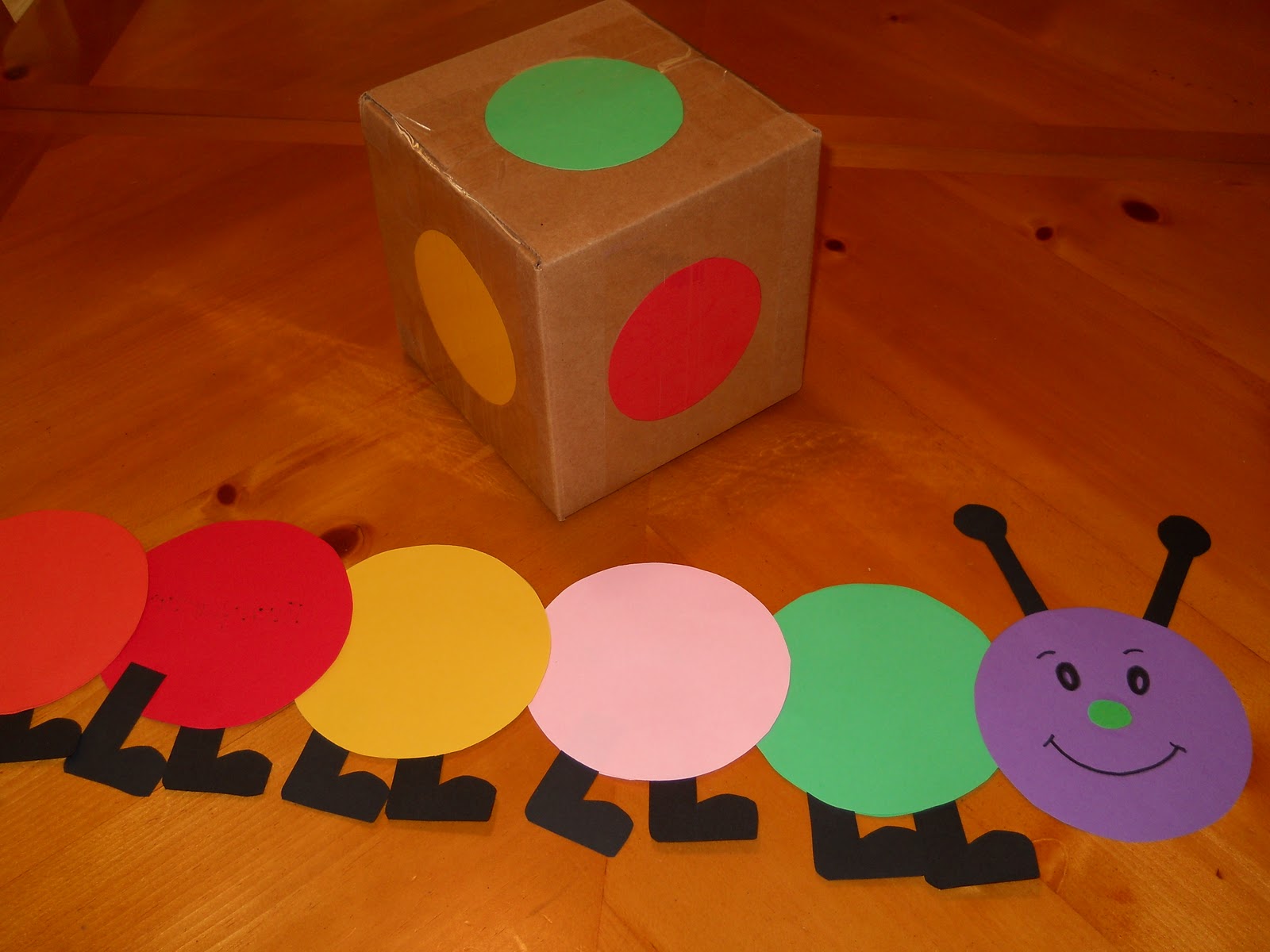Have you ever marveled at the enchanting process of caterpillar making? This remarkable journey from a humble caterpillar to a magnificent butterfly is not only a natural wonder but also an inspiring metaphor for transformation and growth. The caterpillar making process is filled with intricate details and fascinating stages, which reflect the resilience and beauty of nature. As we explore the different aspects of caterpillar making, you will discover how this metamorphosis captivates the human imagination and serves as a symbol of change in our lives.
The life cycle of a caterpillar is a breathtaking phenomenon, often considered one of the most extraordinary transformations in the animal kingdom. The caterpillar, primarily known for its voracious appetite, undergoes a series of stages that ultimately lead to its emergence as a butterfly. This natural process not only showcases the incredible adaptability of living organisms but also teaches us valuable lessons about patience, growth, and resilience. In this article, we will delve into the fascinating world of caterpillar making, examining its stages, significance, and the lessons we can draw from it.
As we embark on this journey through the life of a caterpillar, we will address various questions and insights about the caterpillar making process. What are the stages of this transformation? Why is this process significant in nature? How can we apply the lessons learned from caterpillar making in our own lives? By the end of this exploration, you'll have a deeper appreciation for these remarkable creatures and the transformative power they embody.
What Are the Stages of Caterpillar Making?
The caterpillar's life cycle consists of four main stages: egg, larva (caterpillar), pupa (chrysalis), and adult butterfly. Each stage plays a crucial role in the overall process of caterpillar making.
- Egg: The journey begins when a female butterfly lays eggs on a suitable host plant. These eggs are small, round, or oval-shaped and can vary in color depending on the species.
- Larva (Caterpillar): Once the eggs hatch, tiny caterpillars emerge and begin feeding on the host plant. This stage is characterized by rapid growth, during which caterpillars molt several times, shedding their exoskeleton to accommodate their increasing size.
- Pupa (Chrysalis): After reaching a certain size, the caterpillar enters the pupal stage. It attaches itself to a secure surface and forms a protective casing called a chrysalis. Inside this casing, the caterpillar undergoes a remarkable transformation.
- Adult Butterfly: Finally, the chrysalis breaks open, revealing a beautiful butterfly. At first, its wings are crumpled and wet, but with a little time, they expand and dry, allowing the butterfly to take its first flight.
Why Is Caterpillar Making Significant in Nature?
The process of caterpillar making holds great significance in the ecosystem and serves various functions:
- Pollination: Adult butterflies play a vital role in pollinating flowers, helping to maintain plant populations and biodiversity.
- Food Source: Caterpillars serve as a food source for numerous predators, including birds and other insects, thus contributing to the food chain.
- Indicator Species: The presence and health of caterpillar populations can indicate the overall health of the ecosystem, serving as a barometer for environmental changes.
How Do Caterpillars Adapt to Their Environment?
Caterpillars have evolved various adaptations that enable them to survive and thrive in their environments:
- Camouflage: Many caterpillars possess coloration and patterns that blend in with their surroundings, helping them avoid predators.
- Warning Colors: Some caterpillars exhibit bright colors to signal toxicity, deterring potential predators from feasting on them.
- Mimicry: Certain species mimic the appearance of harmful or unpalatable insects to evade predation.
What Can We Learn From the Caterpillar Making Process?
The caterpillar making process offers profound lessons that can be applied to our lives:
- Embrace Change: Just as the caterpillar undergoes a significant transformation, we too must embrace change as an essential part of personal growth.
- Patience is Key: The metamorphosis takes time, reminding us that patience is crucial in our endeavors.
- Resilience: The journey from caterpillar to butterfly teaches us the importance of resilience in overcoming challenges.
Can We Observe Caterpillar Making in Our Own Gardens?
Yes, you can observe the fascinating process of caterpillar making in your own backyard or garden! To attract butterflies and caterpillars, consider planting:
- Nectar Plants: Flowers like milkweed, coneflowers, and zinnias provide nectar for adult butterflies.
- Host Plants: Caterpillars require specific host plants to feed on, so research which plants attract local species.
- A Water Source: Providing a shallow water source can help butterflies stay hydrated.
How Can We Protect Caterpillars and Butterflies?
Protecting caterpillars and butterflies is essential for maintaining biodiversity and healthy ecosystems. Here are some ways you can help:
- Reduce Pesticide Use: Avoid using harmful chemicals in your garden that can harm caterpillars and butterflies.
- Support Native Plants: Plant native species that support local caterpillar and butterfly populations.
- Educate Others: Share your knowledge about the importance of caterpillars and butterflies with friends and family.
Conclusion: Celebrating the Art of Caterpillar Making
In conclusion, the art of caterpillar making is a captivating journey that showcases the beauty of transformation in nature. From the egg to the magnificent butterfly, each stage is a testament to resilience, patience, and adaptation. By understanding and appreciating this remarkable process, we can draw inspiration for our own lives and contribute to the protection of these extraordinary creatures. So, the next time you encounter a caterpillar, take a moment to reflect on its journey and the lessons it imparts. Embrace the beauty of transformation and let it inspire you to navigate your own path of growth.




